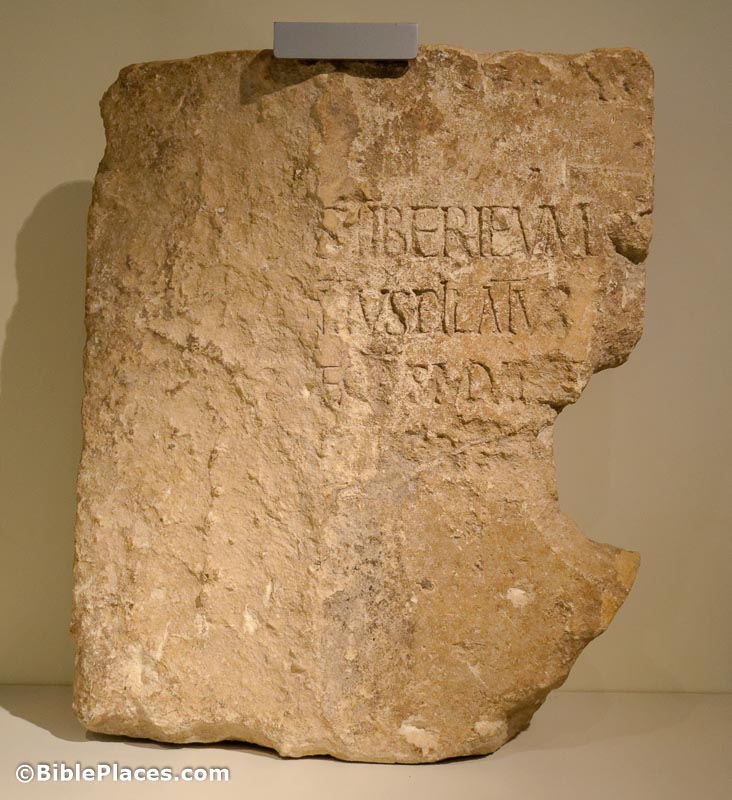Scott Stripling provides an account of the 21st and final season of excavations at Khirbet el-Maqatir, possible location of biblical Ai. They found a Bronze Age stele in the final week of excavations.
Breaking Israel News provides an illustrated report of Noam Arnon’s exploration of the caves below Hebron’s Machpelah 35 years ago.
A medieval building constructed atop the Byzantine-era synagogue at Huqoq may also have served as a synagogue.
Carl Rasmussen links to some new excavations in the Church of the Nativity in Bethlehem.
Shem Tov Sasson brings his readers along on the annual two-day Bar Ilan University’s Archaeology tour, this year to the Aravah (part 1, part 2).
A large display of Greek ceramics is now on display at the Bible Lands Museum in Jerusalem.
The Louvre is planning to display some of its antiquities in Iran this spring.
“The European police have arrested 75 people and recovered about 3,500 stolen archaeological artifacts and other artworks as part of the dismantling of an international network of art traffickers.”
Iraqi authorities discovered more than 100 Assyrian artifacts in the home of an ISIS leader.
“Critical Perspectives on the Practice of Digital Archaeology” is the title of a conference being held
on Friday and Saturday at Harvard.
The Center for the Study of Christianity at the Hebrew University is sponsoring a conference in June with the theme, “Origen’s Legacy in the Holy Land—A Tale of Three Cities: Jerusalem, Caesarea and Bethlehem.”
“Students should study Egyptology and Assyriology.”
If Israel was compared to the playing board of Monopoly, Wayne Stiles identifies “Boardwalk” as Tel Megiddo.
I recently returned from a great study tour led by Dr. Mark Wilson. If you’re looking for an outstanding opportunity to learn the biblical lands outside of Israel, he’s leading a May walking tour in Turkey and a September-October tour of Malta and Italy.
The latest episodes at The Book and the Spade include The Library at Herculaneum, with Brent Seales; Jesus and the Remains of His Day, with Craig Evans; and the Top 10 Biblical Archaeology Stories of 2016, with Clyde Billington.
There will be a one-night showing next month of the new documentary, “Is Genesis History?”
Leen Ritmeyer notes a special offer by Carta Jerusalem that includes a discount as well as a free copy of a new biblical archaeology map of Jerusalem. I plan to post more on that map shortly.
We’re now on Instagram, posting a photo every day. We continue to do the same on Facebook and Twitter.
HT: Agade, Joseph Lauer, Charles Savelle
